I certainly didn’t run out of things to do in Montevideo, Uruguay’s cosmopolitan and culturally fascinating capital city.
Montevideo was rated as the city with the Best Quality of Life in Latin America by the Mercer Organization in 2019.
The city is small but packs a big punch in culture, cuisine, green spaces, history and much more. All facing the beautiful South Atlantic Ocean.
Read on to learn about the best things to do in Montevideo.
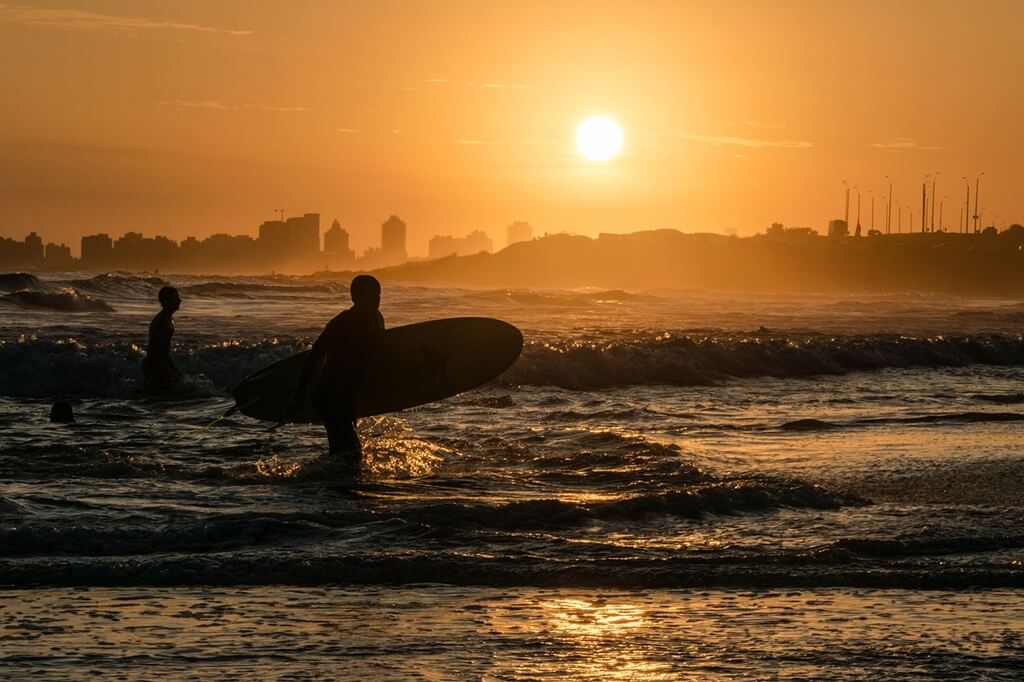
Montevideo was founded by the Portuguese in 1683. In 1724 the Spaniards, led by Buenos Aires governor, Bruno Mauricio de Zabala, forced the Portuguese out and named the city Montevideo.
Zabala only had one arm. Imagine what he could have done with two arms!
As was standard in those days, the city was originally enclosed by a star-shaped, fortified wall, now long-gone.
One piece of the wall still remains, the Citadela, which now stands near Plaza Independencia. This marks the beginning of Montevideo’s Old Town, which is the original enclosed town.
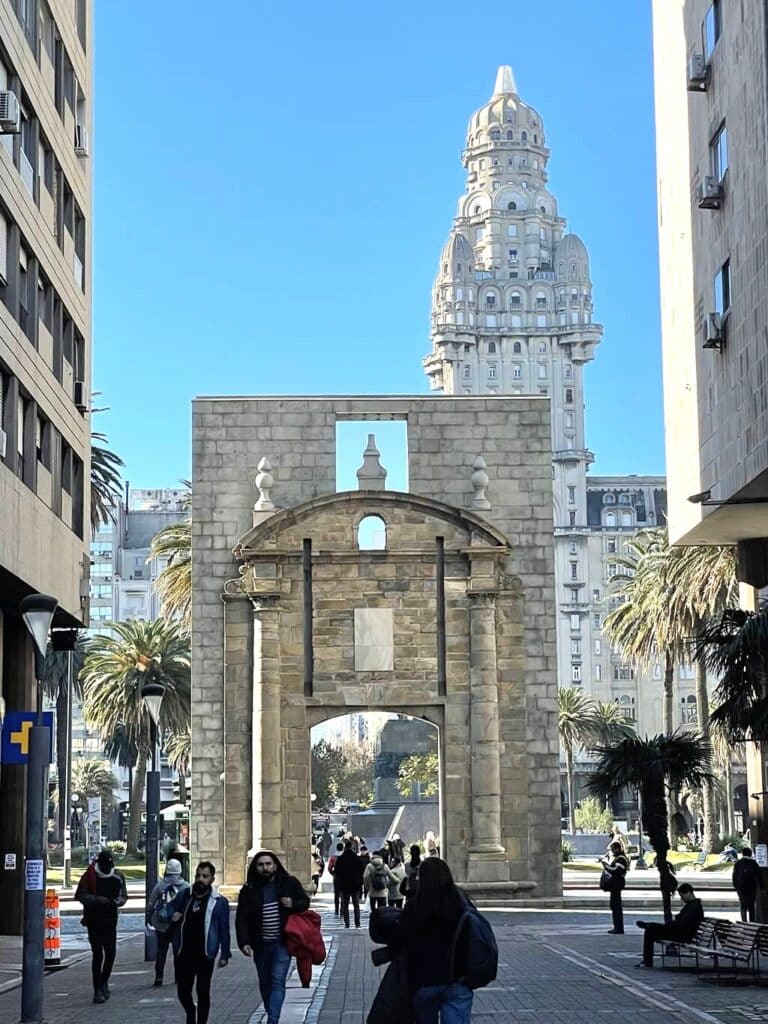
I feel there is enough to see and do in Montevideo to keep you busy for several days. But you can see most of the key Montevideo attractions in two days, starting with the Old Town or Ciudad Vieja.
Table of Contents
ToggleMontevideo’s Old Town
Montevideo’s Old Town is a peek into the city’s elegant past. It has pleasant pedestrianized streets, stately mansions many of which have been converted into museums, and bucolic greenspaces.
Plaza Independencia
Plaza Independencia or Independence Square is a central square surrounded by important buildings like the Solis Theatre and the Palacio Salvo. The square designates the limits between the old and modern cities.
Statue of General Artigas
In the center of Plaza Independencia you’ll see the statue of General Artigas. Born Jose Gervasio Artigas Arnal, the general is a national hero and is considered to be the father of Uruguayan nationhood.
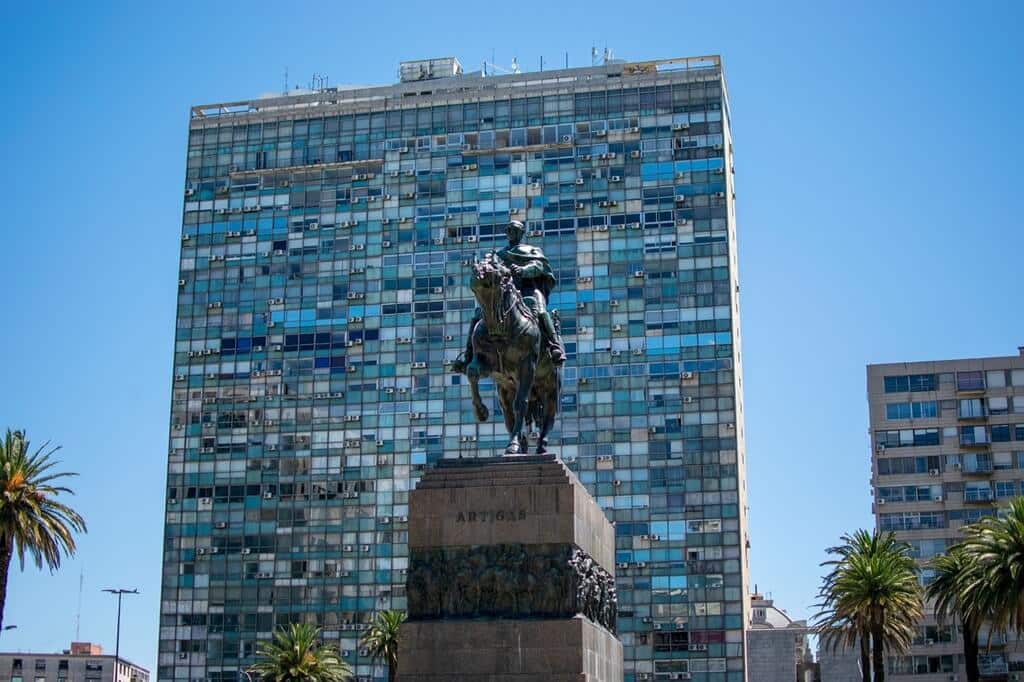
The Palacio Salvo
Salvo Palace overlooks Plaza Independencia. Once the tallest building in South America, the Palacio Salvo is now an office and residential building. But it hasn’t lost any of its graceful architectural charm.
If you’re interested in the history of tango, the Palacio Salvo houses the Tango Museum.
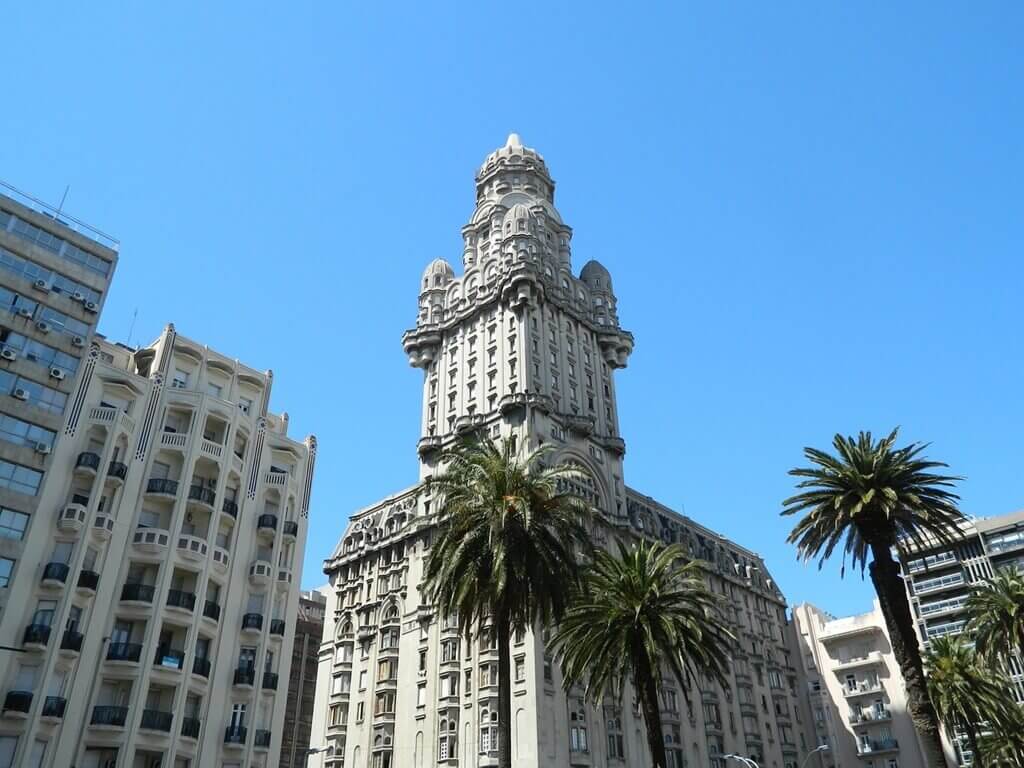
Solis Theater
The Teatro Solis or Solis Theater, is one of the principal cultural venues in Montevideo. It hosts opera, theater and ballet performances. Many of the world’s top performers have graced its stage.
The inside is as beautiful as you imagine it to be just by looking at the facade. Try to catch a performance if time allows, or at least take in a guided tour given throughout the day in several languages.
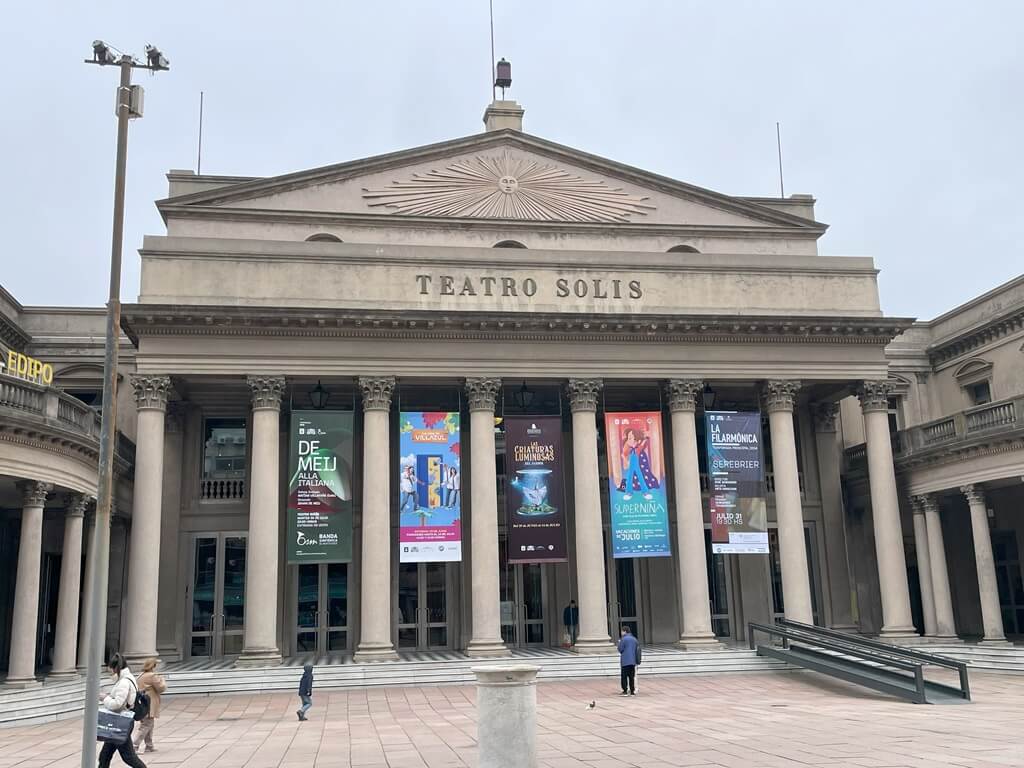
Peatonal Sarandi
This pedestrian street runs for 7 blocks from Plaza Independencia to La Rambla facing the ocean. It has some lovely stores on both sides of the street and makes for a pleasant stroll around the Old Town.
Walking down Sarandi make a left on Bartolomeo Mitre Street where you’ll see a series of cafes and pubs. This is a great place to hang out with a beer and watch the world go by.
If you’re looking for a livelier environment, make a right on Bartolemeo Mitre Street and you’re in the nightclub district.
Spending time in Peatonal Sarandi, with everything it has to offer, is one of the bet things to do in Montevideo.
Palacio Legislativo
About a ten minute drive north of the Old Town in the Aguada neighborhood, you find the Palacio Legislativo or General Assembly of Uruguay.
Out of all the things to do in Montevideo and all the places to visit, this is perhaps the most underrated attraction in town. The Palacio Legislativo or Legislative Palace is the seat of the Uruguayan government.
It houses the Senate, House of Representatives and other important government bodies.
The building is a marvel of architecture designed in the neoclassical style with vaulted ceilings, graceful columns and giant murals depicting important scenes in Uruguay’s history.
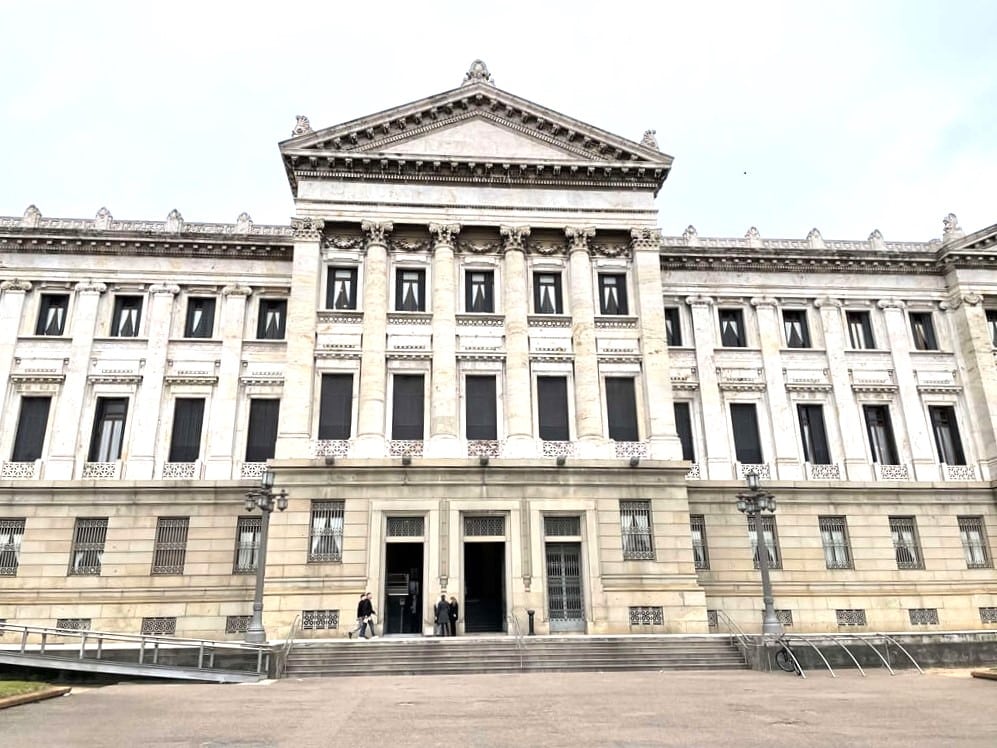
Take a tour! They run daily multiple times from Monday to Friday in several languages including English. Admission is US$3.00, perhaps the best bargain in town. Don’t believe me? Take their virtual tour here and see for yourself.
Insider tip: Check tour times before going as they change frequently.
Explore the markets
Explore the Mercado del Puerto
As the name implies, the Port Market is adjacent to Montevideo’s major port. This is by no means your ordinary market.
Inaugurated in 1868, this is a collection of some of the best traditional Uruguayan restaurants serving regional specialties like Uruguayan BBQ or asado.
This place is all about meat so if you’re a vegetarian, skip the meal but stay for the atmosphere.
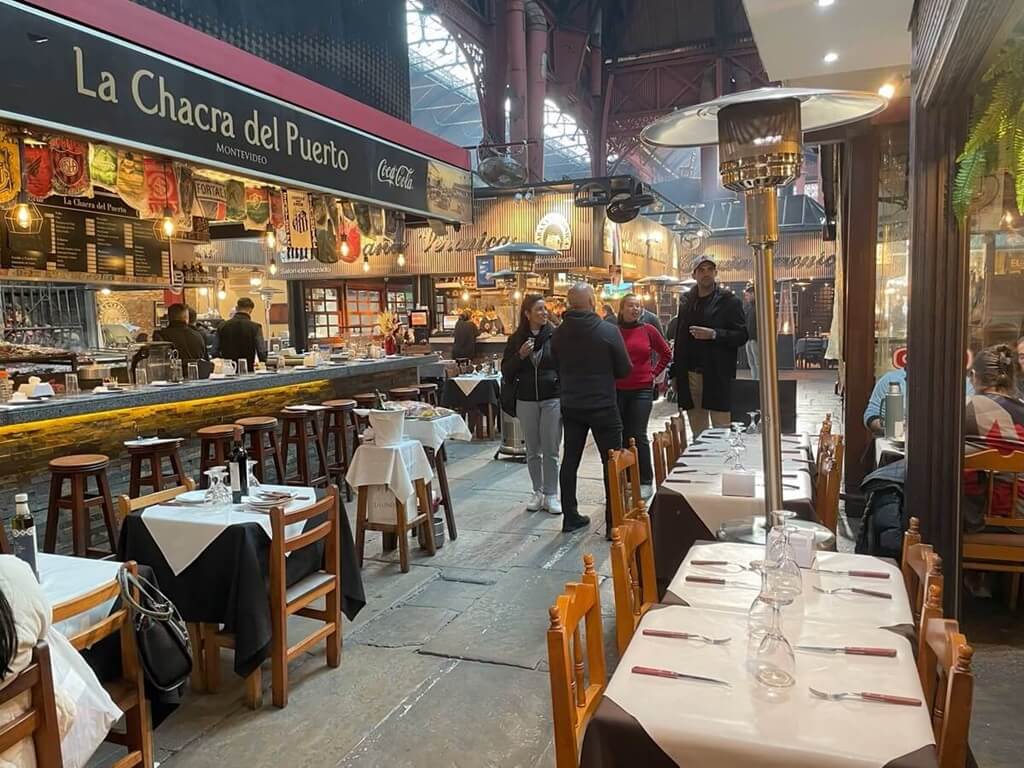
The market itself was constructed of cast-iron, like many such markets in those days, in England and shipped in its entirety to Uruguay. The clock on its facade is one of the city’s icons.
Insider Tip: The market is not open for dinner so make sure to arrive between 9AM and 5PM.
Mercado Agricola de Montevideo
Otherwise known as the MAM, this bustling market sells traditional Uruguayan products, artisanal goods as well as fruits and vegetables. It’s a great way to see Montevideo’s daily life.

Feria de Tristan Narvaja
If you are lucky enough to visit Montevideo on a Sunday, head over to the Feria de Tristan Narvaja, Montevideo’s second-largest open-air market.
Similar to London’s Portobello Market or the San Telmo Market in Buenos Aires, you’ll find just about everything here.
There are antiques, books, clothing, food stands and more. There is a sea of stalls in every direction so plan to spend a couple of hours at least.
Stroll the Rambla
At 22 kilometers, this is the longest seaside promenade in the world, and one of the most beautiful. This seaside boulevard runs through most of the city’s neighborhoods including many of its parks.
This is where the locals hang out especially on weekends. Rent a bike and explore, sunbath on the beaches, go for a jog or just chill and people watch.
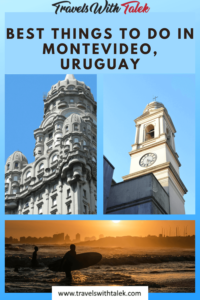
Indulge in a museum
Montevideo is truly a museum city. Take your pick from the Football (soccer) Museum, Tango Museum, Carnaval Museum or any one of the fine art collections around the city.
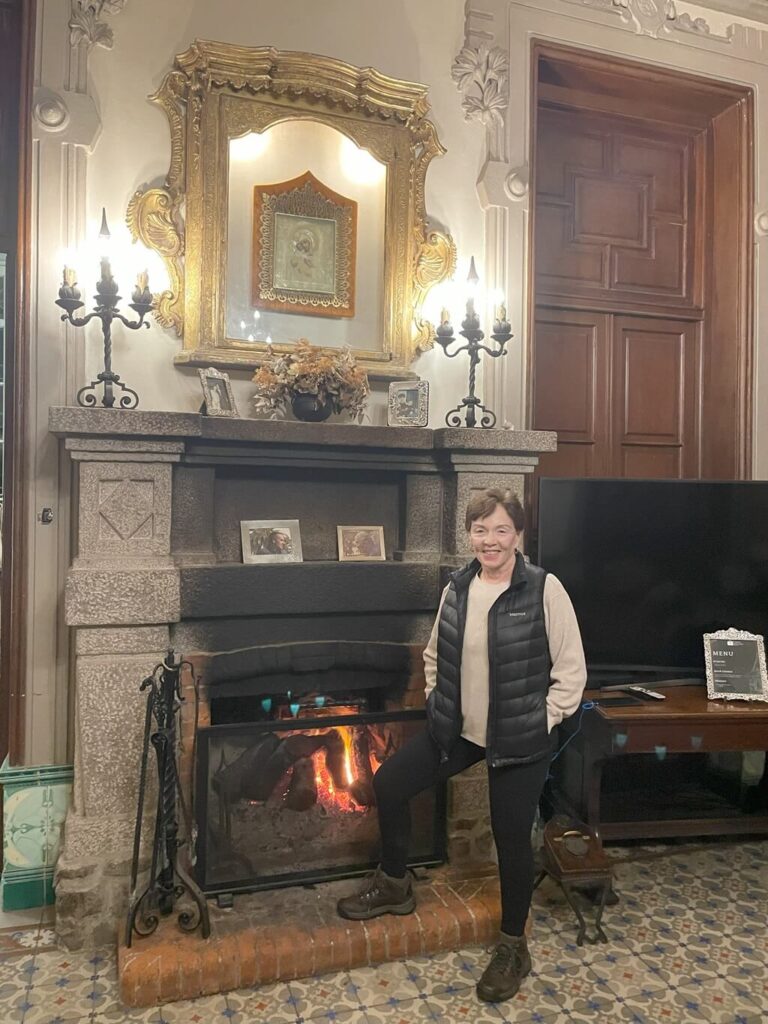
If you are a museum fanatic, as I am, you will have a hard time deciding which museum to visit. Below is a brief (very brief) selection of interesting museums in Montevideo.
Many museums are closed Mondays. It is important to check the itineraries of your favorite museums so you can plan your visit.
There are many top museums concentrated in the Old Town so you may be able to see a few in one day. Visiting a museum is among the best things to do in Montevideo.
Insider Tip: Many museums are free!
Museo Historico Nacional
Montevideo’s Museum of National History is spread out among several buildings in the center of town near Plaza Independencia.
This is the best place to go for a quick but thorough primer on Uruguayan history. Follow the exhibits from the city’s founding through the colonial period to the present day.
The rooms with period furniture and some of the country’s important documents are housed here. They are closed Monday and Tuesday. Entrance is free.
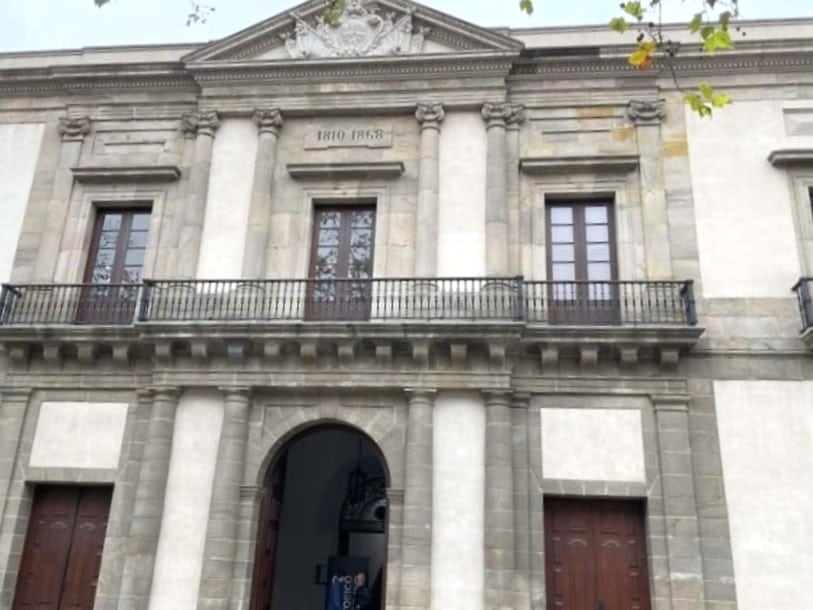
Museo Romantico
The Museo Romantico or Romantic Museum forms part of the National Historic Museum complex. It showcases the lives of the upper-class Uruguayans during the 19th and 20th centuries.
Museo de Historia del Arte
Affectionately known as the MUHAR, the History of Art Museum is a visually impressive and educational romp through the history of art from the prehistoric through the Egyptian, Roman and most artistically important periods of the ancient world.
Don’t miss the mummy of an Egyptian princess. They are closed Sundays and Mondays so plan your visit accordingly.
Museo Nacional de Artes Visuales
Make a full morning or afternoon visit by combining the National Museum of Visual Arts with a stroll in Parque Rodo.
Inaugurated in December 1911, this museum houses the largest collection of Uruguayan art. There are some remarkable permanent as well as rotating collections. Closed Mondays.
Museo Juan Manuel Blanes
This museum is dedicated to Juan Manuel Blanes, Uruguay’s most famous and internationally renown painter.
It is located in the upscale Prado neighborhood and houses a magnificent collection in a graceful mansion designed in the Greek Revival architectural style.
Go for the remarkable paintings themselves but stay for the gardens, especially the Japanese garden nearby. The Juan Blanes Museum is closed Mondays. Free admission.
Palacio Taranco – Museo de Artes Decorativos
This beautiful mansion designed by the French architects who also designed the Petit Palais in Paris was once a private home.
The two Taranco brothers began construction of what became known as the Taranco Palace in 1908 on the site of what was once Montevideo’s principal fort, the Saint Philip and Saint James fortress.
Today the palace is a national monument as well as the Museum of Decorative Arts. It houses a large collection of decorative arts including statures, paintings, period furnishings and other objects d’art.
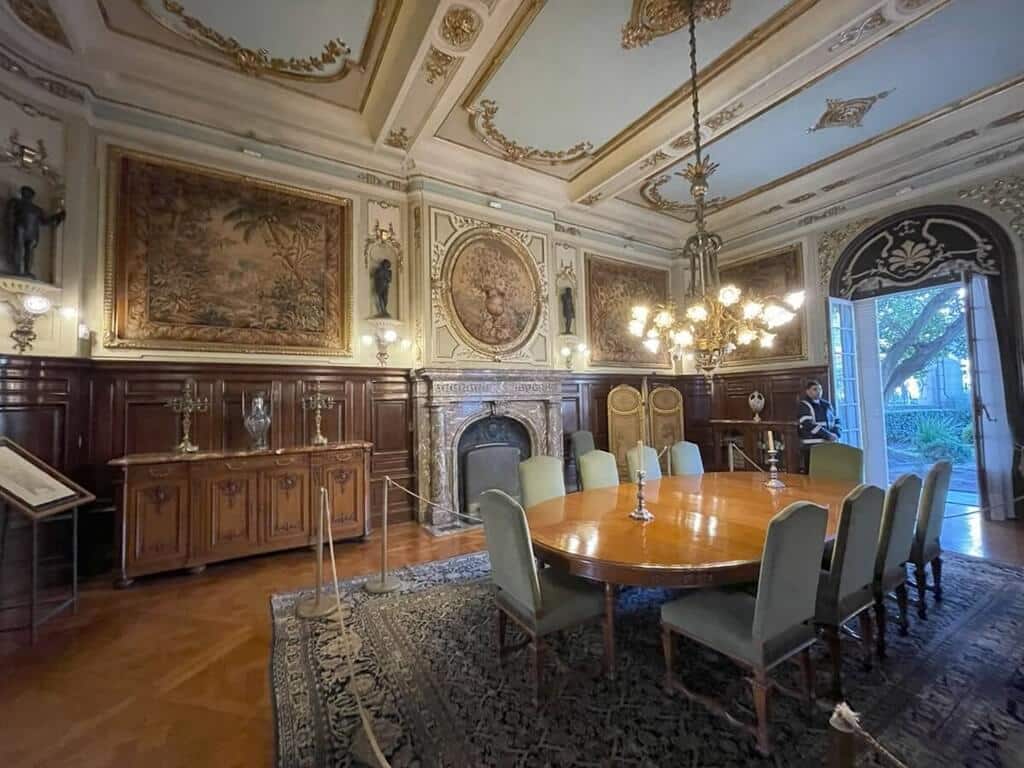
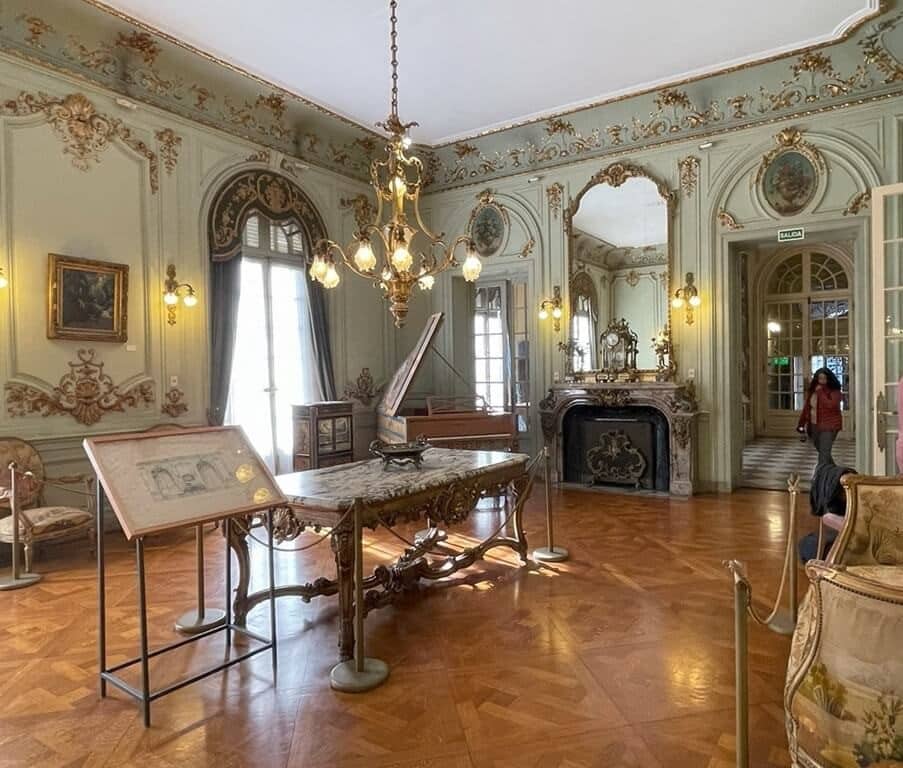
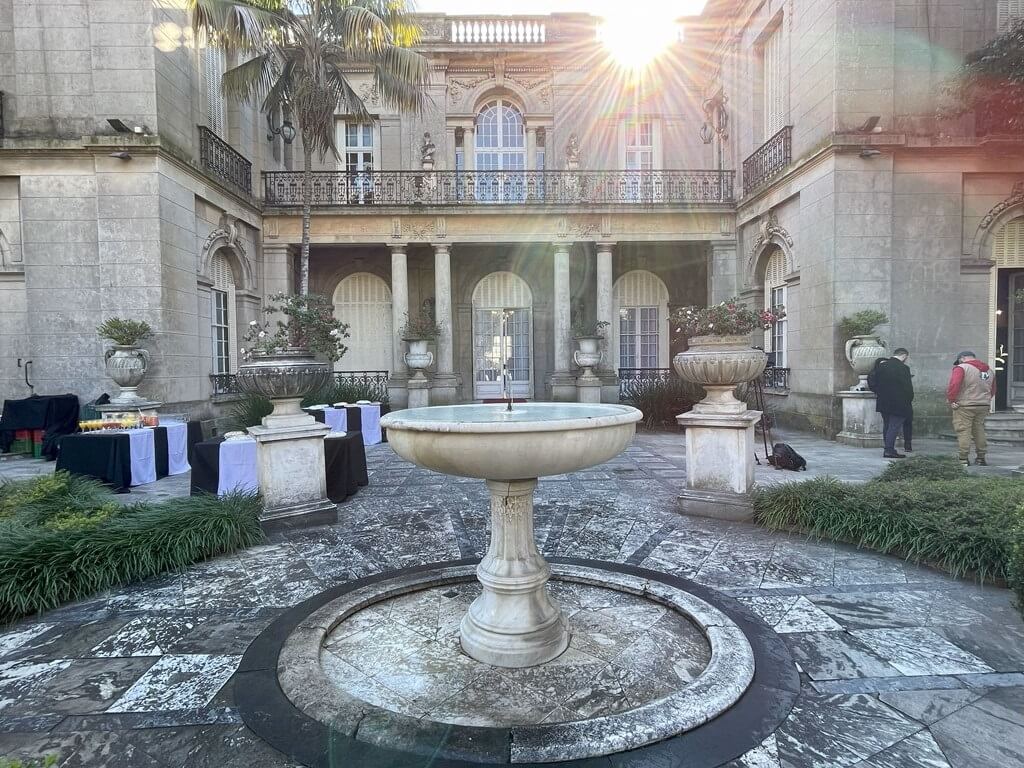
The mansion is situated in a beautifully landscaped garden.
I am always fascinated by museums that were once private homes of just one family. I often imagine what life could have been like for a family living amongst such luxury.
This museum reminded me of the Museum of Decorative Arts in Havana or the Frick Collection Museum in New York City. Both opulent mansions were once the private homes one just one family.
Museo de Arte Precolombino e Indígena
Also in the Old Town near Plaza de Independencia, you’ll find the Museum of Pre-Colombian and Indigenous Art.
This museum is the guardian of Uruguay’s history and culture of indigenous people who no longer exist. They also display artefacts relating to other indigenous groups in the South American region.
Museo de la Memoria
Museo de la Memoria is dedicated to the memory of those or died or “disappeared” during the Uruguayan dictatorship of 1973 to 1985.
Also referred to as the MUME the museum focuses on the era’s terrorism and celebrates the Uruguayan people’s fight against the dictatorship.
Insider tip: There are exhibits displaying prison cells and instruments of torture used during the dictatorship. May not be suitable for children.
Museo Andes 1972
The Museo Andes tells the story of the 45 passengers aboard the Uruguayan flight that crashed in the Andes. The story is told through video, personal articles of clothing and testimony from the survivors themselves.
“Our goal is to be representatives of the 45 people on board of that fateful flight. We want to spread the values (solidarity, teamwork, goal setting in life, containment, support, etc.) and honor the creativity (adaptation to the environment, management of adversity) that has characterized this event.”
The Andes Crash Memorial Museum,
This is a powerful exhibit that shouldn’t be missed.
Wander Parque Rodo
This picturesque park has it all, lakes, gardens and recreational areas dotted with Spanish tile benches. To top it off, it is the home of the stunning National Museum of Visual Arts.
Spending an afternoon or an entire day here is one of the best things to do in Montevideo.
There is also a library in the park that is a whimsical replica of a medieval castle.
Take in a beach
The Rambla faces the ocean and is home to many beaches. Among the best Playa Ramirez and Playa Pocitos in the upscale Pocitos neighborhood.
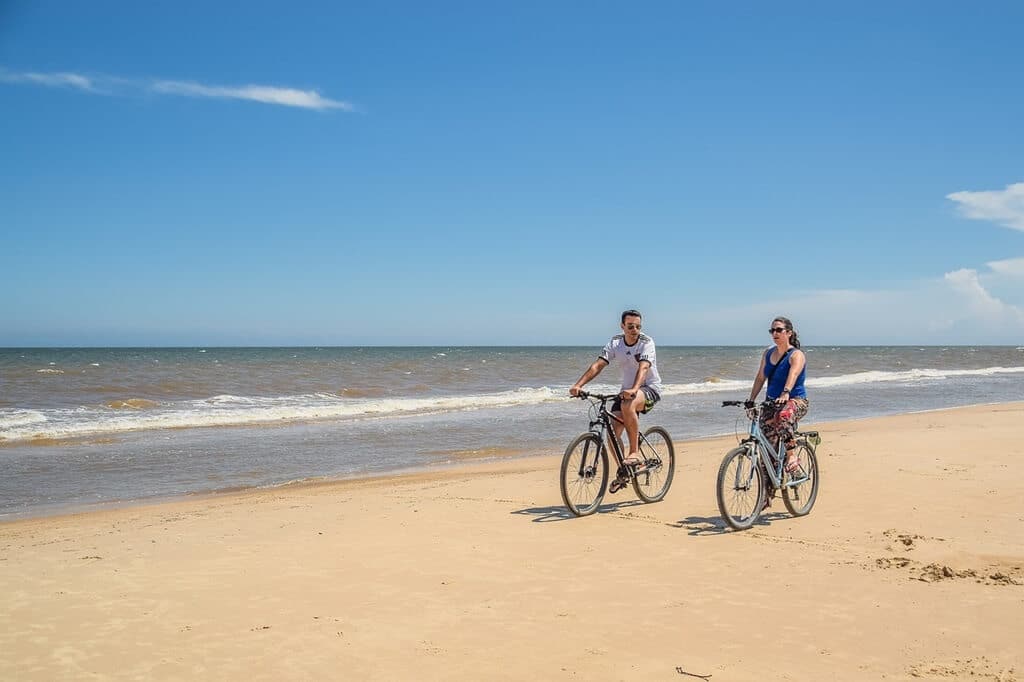
Visit the Cathedral
Uruguayans are not among the most religious people in Latin America. Still, the city’s Catedral Metropolitana, or Metropolitan Cathedral is equal to that of any major city in terms of sheer beauty and architectural inspiration. It is also located in the Old Town.
Insider note: The official name of the Metropolitan Cathedral is the Catedral de la Inmaculada Concepcion y San Felipe y Santiago.
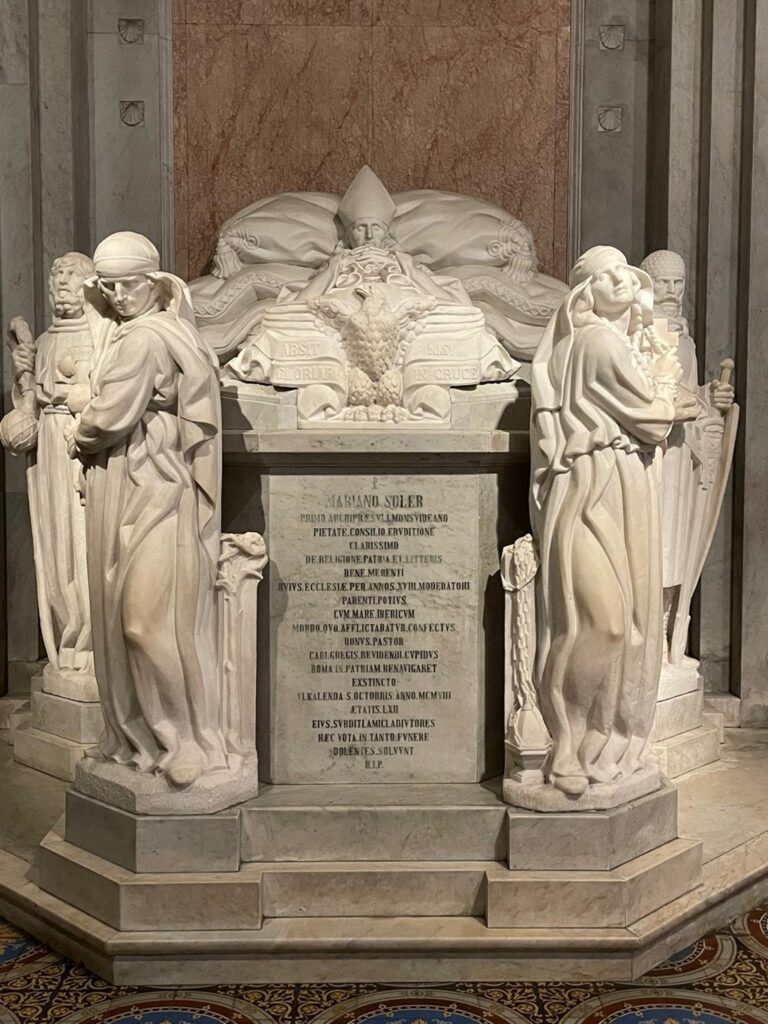
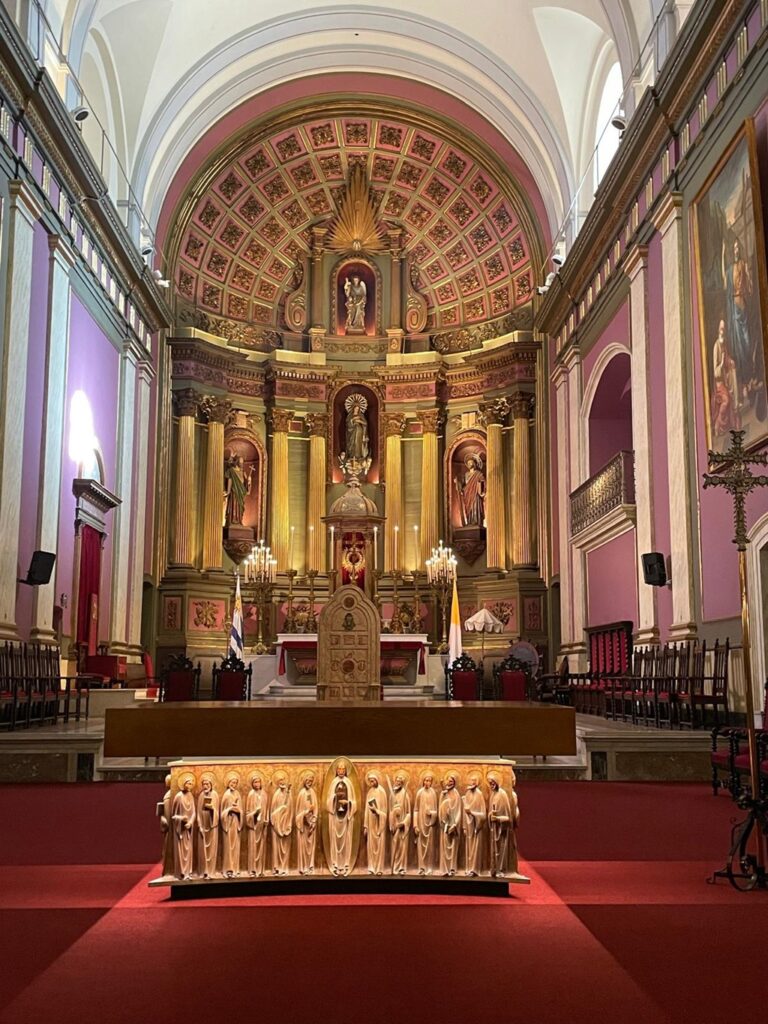
There has been a religious structure on this spot since the mid-1700s. The style is neo-classical. The floor is a colorful polished stone, the walls are marble, and the stained glass windows are simply spectacular.
Do stop by and admire this little architectural gem in the middle of a bustling metropolis. And don’t miss the baptismal font, the most beautiful I’ve ever seen.
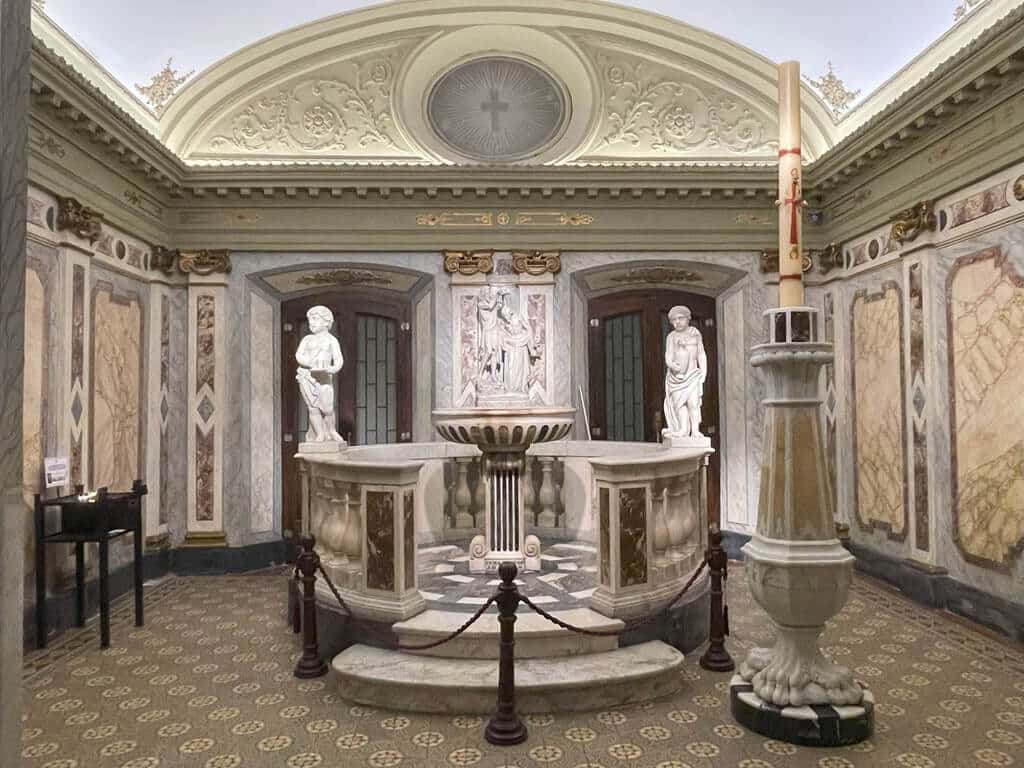
Go wine tasting
Uruguay produces excellent wines. It also has some of the most beautiful wineries and wine-growing regions in the wine world, especially in the vineyards north of the city.
Uruguay is the fourth largest wine producer in Latin America. The country offers excellent reds mainly from the Albariño and Tannat grapes.
Make sure to enjoy a wine tasting either in one of the many wine shops in the city or at one of the vineyards nearby.
Explore the Uruguayan world of dance
Although the tango is associated more with Argentina, it is also very popular in Uruguay, perhaps even more so.
In addition to the tango, Uruguayans have their own particular dance called the Candombe. This traditional dance is a combination of European and African musical traditions.
The Candombe is such an integral part of the culture that it has its own National Day, Candombe Day.
Similar to Argentina, you will find music venues called milongas throughout the city. Here they not only play tangos and candombes, but they also encourage patrons to dance either with each other or with the performers.
Savor traditional Uruguayan food and drink
Chivito
The ubiquitous chivito is more or less the equivalent of a U.S. hamburger. You could say the chivito is the nation’s signature dish and I’m surprised the chivito hasn’t made it into the U.S. mainstream.
This delectable dish is a combination of steak, mozzarella cheese, and egg, olives, ham, tomatoes and bacon…mayo is optional, on a baguette. It is eaten as a sandwich which is called a la canadiense or al plato on a plate usually accompanied by potatoes.
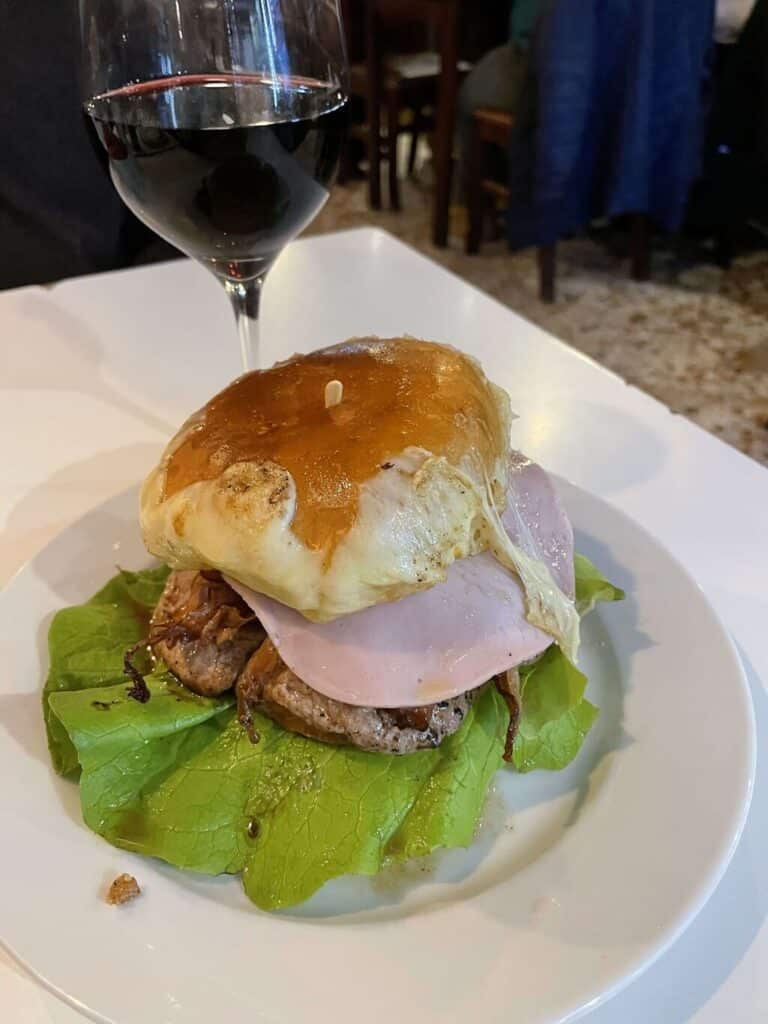
The ideal place to have a chivito, which translates to little goat, is at the Mercado del Puerto where the Montevideanos (people from Montevideo) go.
Asado
Asado means BBQ. But it doesn’t just describe the dish, it describes an event, a get-together, where folks meet for fun, drinks and BBQ, as in “I’m going to an asado”
The asado is another iconic dish popular in both Argentina and Uruguay. The Uruguayan version is said to have a smokier flavor. Here is a recipe for you to judge for yourself.
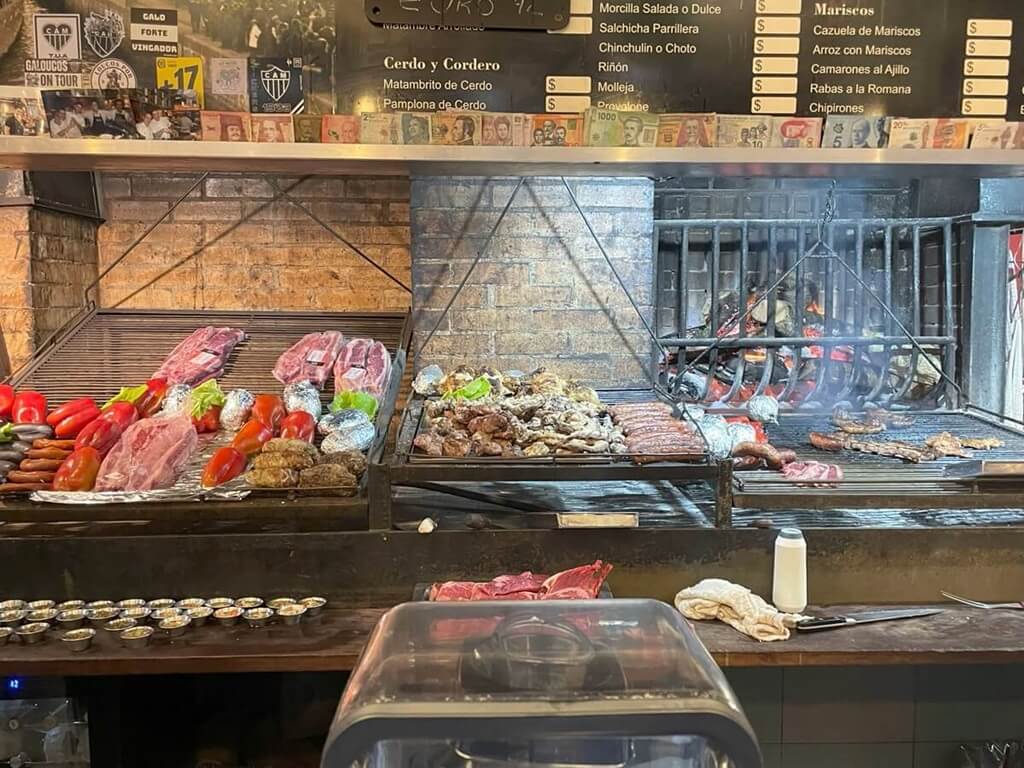
Mate
Don’t be surprised is you see people wandering the streets holding a gourd and sipping from it with a metal straw.

This is mate, a tea-like, caffeinated beverage made with powdered evergreen tree leaves and water that must be 84 degrees Celcius. The drink is iconic in both Uruguay and Argentina.
Empanadas
Empanadas are tasty little flaky pastries stuffed with meat. Empanadas are very common in southern cone countries. Lately they have crossed over to other cuisines and have become common in many U.S. and European cities.
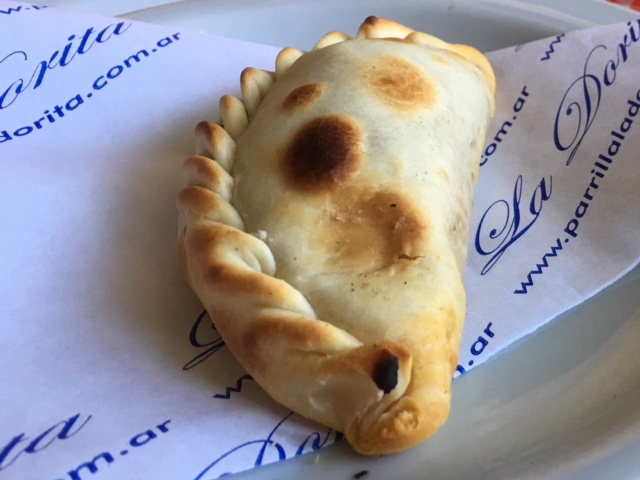
They may not be as ubiquitous as hot dogs and tacos, but they’re on their way.
Medio y Medio
Medio y medio translates into half and half. It is a refreshing Uruguayan drink consisting of equal parts white wine and dry sparkling wine.
Where to eat in Montevideo
Mercado del Puerto
The Mercado is the perfect, can’t-miss place to grab a hearty lunch of typical, traditional Uruguayan fare.
Primuseum
Montevideo is famous for two things; fabulous cuisine and equally great museums. Primuseum combines both! Have a traditional Uruguayan dinner in a real, live museum topped off with a folklore show.
El Milongon
This is perhaps the grand dame of traditional Uruguayan dances and folklore shows. Enjoy a cocktail and a show or a three-course dinner with the show. It’s all here at El Milongon; tango, candombe, music and great food.
Montevideo’s unique coffee shops and bookstores
Much like its neighbor, Buenos Aires, residents of Montevideo take their coffee very seriously. Coffeeshops in Montevideo are almost institutions. One such place is the Cafe Brasilero, established in 1877 and the oldest in Montevideo.
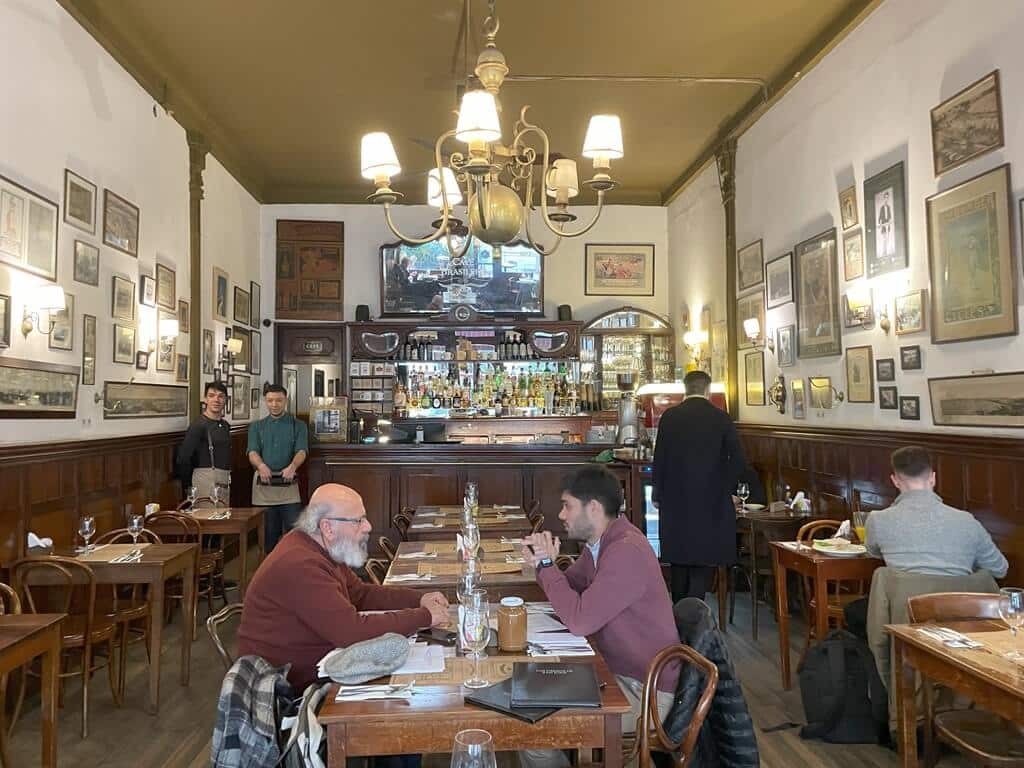
This is a very atmospheric place similar to the famous Cafe Tortoni in Buenos Aires. The museum has been witness to many important events in Uruguay’s history .
It has welcomed the country’s best artists, writers and musicians and has been a center of Bohemian culture throughout its existence.
The cafe is so accommodating, in fact, that one patron visited it every Wednesday for 30 years. His portrait now hangs on the cafe’s wall.
If Cafe Brasilero does wonders for Montevideo’s coffee culture, the charming bookstore, Mas Puro Verso, in the Old Town, does the same for books.
Más Puro Verso not only is this beautiful Art Deco building home to an excellent collection of books, it also has a lovely and accommodating coffee shop on the second floor. Still not enough? How about it also has the oldest elevator in Montevideo.
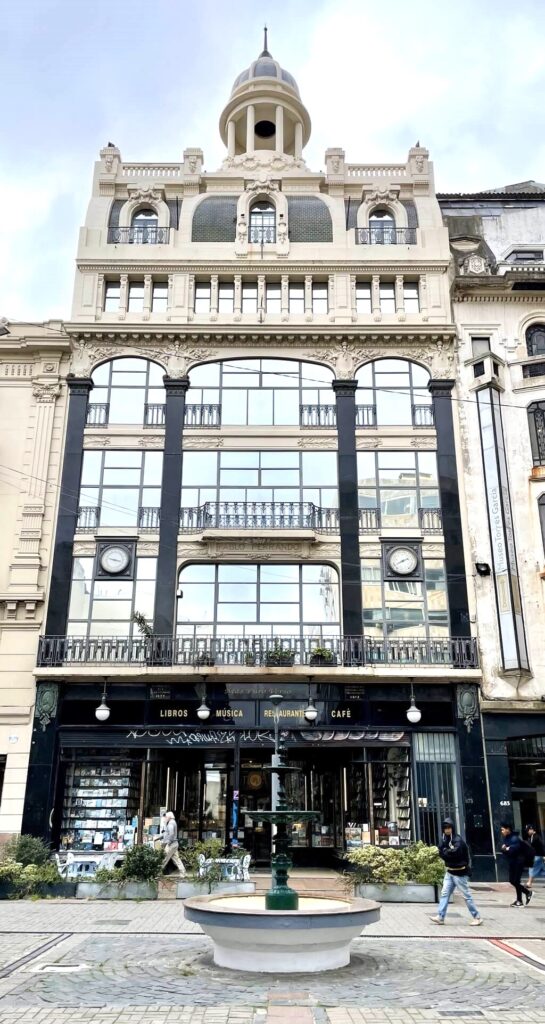
One more cute cafe before we close the subject. Cafe Bacacay, across from the Teatro Solis, is an old world style coffee shop you expect to find in Europe. It’s actually a full-fledged restaurant with excellent food and attentive service.
A great place to stop and refuel before continuing your search for the best things to do in Montevideo.
How to get to Montevideo
Montevideo is served by the Carrasco International Airport about 12 miles from downtown Montevideo with both taxi and bus service.
The buses leave from the airport and arrive at the Tres Cruces bus terminal. This is the city’s main bus station with service from here throughout the city as well as to other countries to international destinations like Brazil, Argentina and Paraguay.
The bus systems for long-haul travel in Latin America are pretty good. They have sleeper cars, bathrooms, dinner service and television. I traveled from Mendoza across the Andes to Santiago de Chile and was surprised at the quality.
One of the most popular ways to get to Montevideo is on a day trip from Buenos Aires by ferry.
Companies that provide ferry service include Colonia Express, Buquebus and Seacat. The crossing takes about 3 1/2 hours in a comfortable ferry.
Getting around in Montevideo
Montevideo taxis
Taxis in Montevideo are metered. The fare depends on the time of day, journey length and even the day of the week. Still, you should always ask the approximate price of a taxi fare BEFORE taking off.
Remember the number one rule of travel, always confirm the price of something BEFORE agreeing to purchase. This is especially true of taxis in unfamiliar cities.
Tipping in taxis is not expected but certainly appreciated. Make sure the meter is on. Try to have enough smaller notes to avoid the “I don’t have change” syndrome.
Try to have an idea of where you’re going and the distance to avoid taxi drivers who will go a longer route to charge you more.
The fares are: base fare UYU65 and UYU65 per kilometer.
As an example of a typical fare, a taxi from the Carrasco Montevideo airport to the city center or Old Town is about UYU1890 or about US$45 in today’s dollars. There may be an extra charge for nighttime or extra passengers.
How to get a taxi in Montevideo
Local taxis are yellow and white. A red light in the window indicates that are free. There are loads of taxis wandering the streets in the city. You can hail a taxi in the street, engage one from the nearest taxi stand or call one.
Some recommended local taxi services include Taxi Aeropuerto at +598 2604 0323 or Radio Taxi 141 Patronal at +598 2200 0225.
Montevideo also has reliable city-wide bus service. There are many bike rental stands for those who prefer to cycle the city.
Finally, the best way to explore this fascinating city is on foot. The city is among the safest in Latin America.
Day trips from Montevideo
It’s a bit of a stretch but a visit to Buenos Aires is actually doable in a day – but make it more if at all possible. The flight from Buenos Aires to Montevideo is just 50 minutes.
Colonia de Sacramento
About a 2 hour drive west of Montevideo is the beautiful colonial town of Colonia de Sacramento. It makes for a perfect day trip from Montevideo.
Founded by the Portuguese in 1680, they held it for over 100 years until the Spanish Empire conquered it and added it to their South American domains.
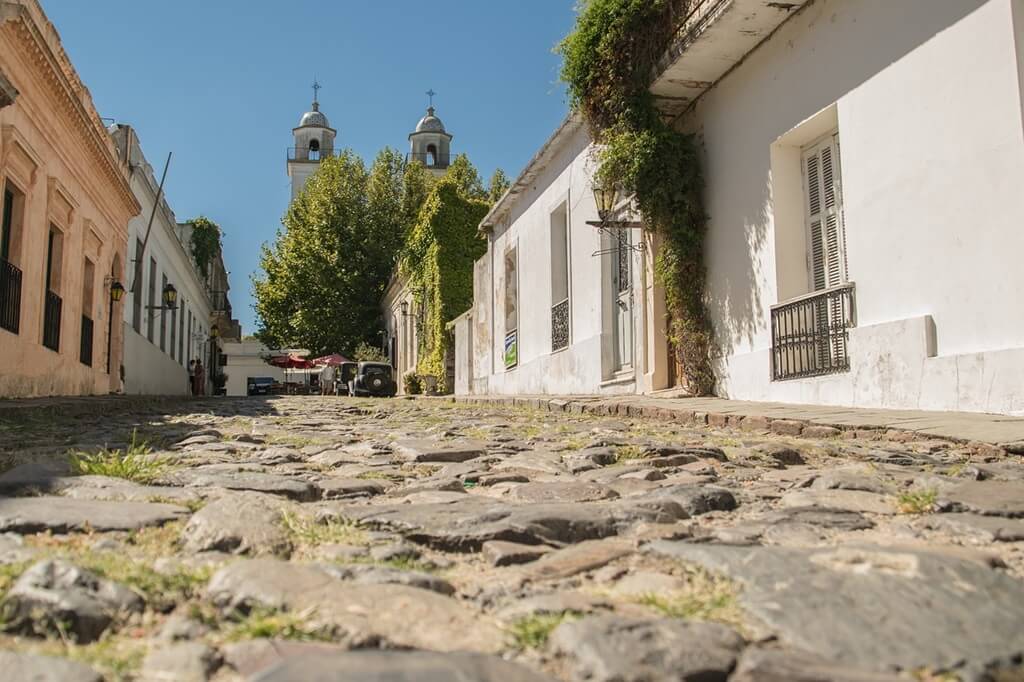
Today the picturesque little town of over 25,000 inhabitants is a UNESCO World Heritage site and a major tourist draw. The town is characterized by winding cobblestone streets that open into sunny plazas.
The single story buildings are colorful and accurately represents the architectural style of colonial 17th century Uruguay.
Strolling through the streets of Colonia de Sacramento is like traveling back in time to the 1600s.
Punta del Este
Frequently called the Monte Carlo of Latin America, Punta del Este is an upscale, trendy luxury resort town on the South Atlantic coast. But it’s more than just beach town. It also has a vibrant art scene and fine restaurants.
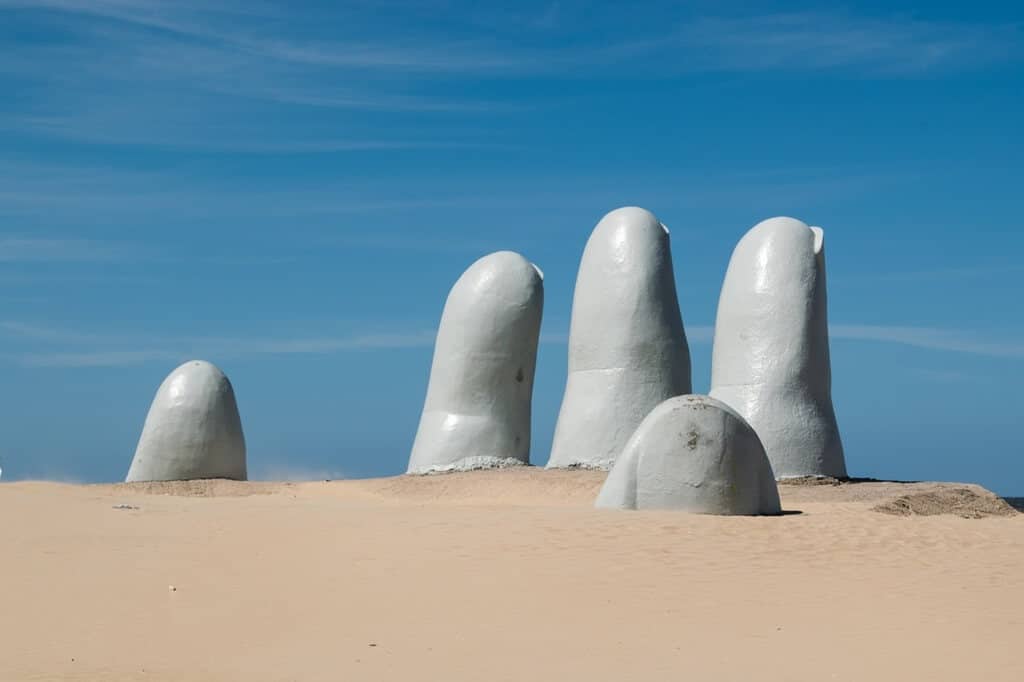
Every year the city hosts the International Jazz Festival of Punta del Este and the city transforms into a glitzy showcase for the biggest names in the jazz world.
Where to stay in Montevideo
Montevideo has an abundance of accommodation options from top-notch luxury hotels to hostels.
Booking.comA highly recommended 5-star luxury hotel is the Sofitel Montevideo Carrasco Casino and Spa near the Montevideo Airport. It’s US$15 from the Carrasco International Airport in Montevideo.
Another classic hotel in the center of the Old Town is the 4-Star Hotel Alma Historica.
This hotel is within walking distance of everything you’ll want to see, the Port Market, cathedral, Independence Square, museums and milonga restaurants.
Another interesting feature of the Alma Historica Boutique Hotel is that each of the small number of rooms is decorated differently and named after a Uruguayan luminary like an artist or writer.
A taxi ride from the airport to this hotel should cost about US$30.00
Finally, there is the familiar standby, Holiday Inn Montevideo. It is also in the Old Town and attractively priced.
When is the best time to go to Montevideo
October to March is the main holiday season, with the best summer weather. However, if you don’t like very hot summers or crowds, you’ll probably prefer to visit Uruguay during the shoulder seasons: March to May, or September to November.
January is the hottest month, and July the coldest. Rain is common all year round.
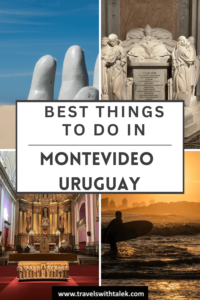
What are your thoughts on the best things to do in Montevideo? Would you like to visit? Let us know in the comments.

BTW, if you are getting ready for your trip, make sure to take advantage of these useful, money-saving links to book your trip:
- Research and book your flight with Skyscanner. I have found them to be the best because they list all airlines including the budget ones. You are always sure of having researched all options.
- For car rental around the world, Discover Cars has flexible pickup and drop-off options, I recommend Discover Cars.
- Book your accommodation with Booking.com. I find they have a wide selection and a nice, user-friendly, transparent website.
- Protect your trip and, more importantly, protect yourself with travel insurance. I use Travelinsurance.com and have been very happy with them.
- For more general tours to any destination or attraction, book with Viator. Check them out.
- Need a visa? Get your visa for all countries with Passport Visa Express.
- Looking for a cool walking tour to explore a city? My favorite walking tours are offered by Take Walks.
- Food and drink tours are the best way to enjoy a city. And Devour Tours are my favorite.
- Looking for a good VPN to protect your security, privacy and freedom online while traveling? Nordvpn is your best option.
- The best and most economical way to stay connected while traveling is with an Airalo eSIM.
I personally use, and can recommend, all the companies listed here and elsewhere on my blog. By booking through these sites, the small commission we earn – at no cost to you – helps us maintain this site so we can continue to offer our readers valuable travel tips and advice.


















